This last week began with a client in North America, continued with a call from a subject matter expert in South America and culminated in two discussions I commented a bit longer on. Triggering this new article talking about “digital in aviation”, pioneering days and the impact of dinosaurs. And why we suffer in aviation from too much #talkthetalk
Not Invented Here, part 1
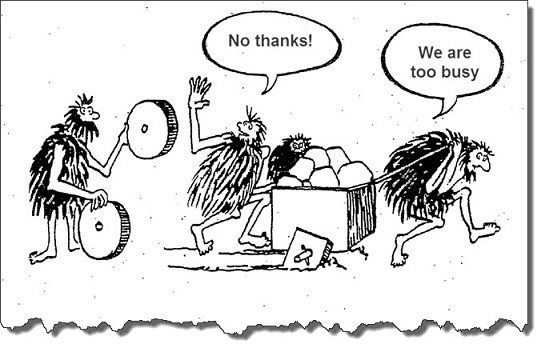 Last week, I had a lengthy phone call with an airport manager in the U.S. Snow-Belt, asking me about ideas, how to break up the silo thinking that keeps all his ideas about a common airport operations center as a basis for some A-CDM-style development from moving forward. Next winter approaching, he’s worried about repeating the past years’ experience of unnecessary delays. “The airline always knows better” he complained to me. If we offer them solution, it’s not theirs, so it’s being turned down. Communication is faulty and in crisis, everyone works on their own. #talkthetalk
Last week, I had a lengthy phone call with an airport manager in the U.S. Snow-Belt, asking me about ideas, how to break up the silo thinking that keeps all his ideas about a common airport operations center as a basis for some A-CDM-style development from moving forward. Next winter approaching, he’s worried about repeating the past years’ experience of unnecessary delays. “The airline always knows better” he complained to me. If we offer them solution, it’s not theirs, so it’s being turned down. Communication is faulty and in crisis, everyone works on their own. #talkthetalk
Passengers spend 156 Minutes at AMS
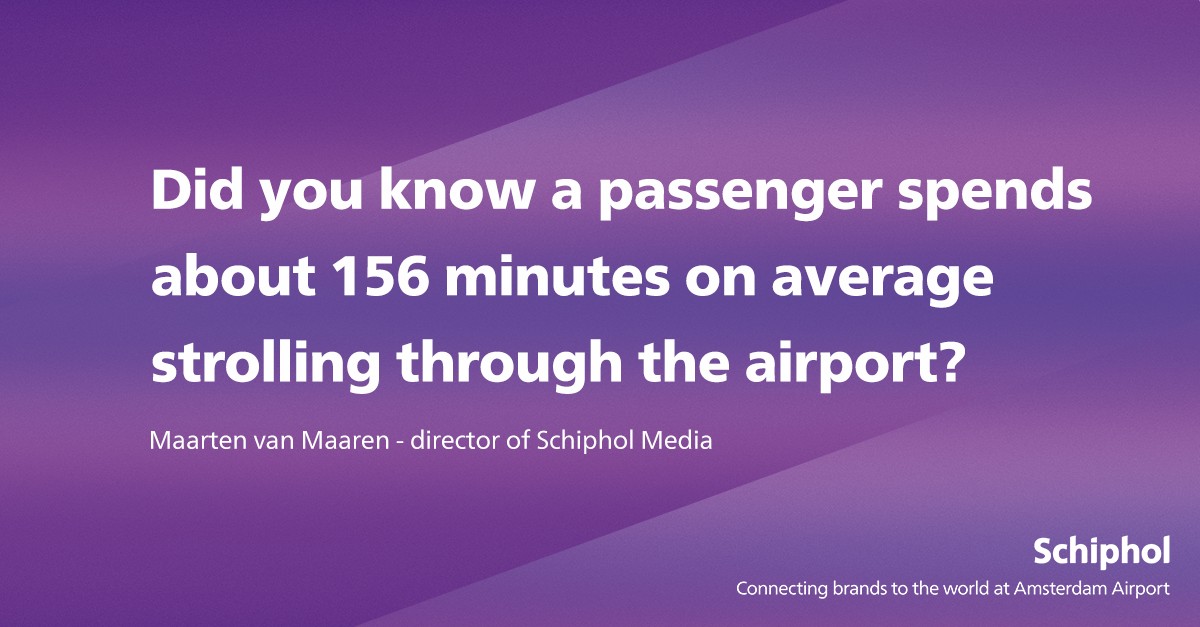 Now give me a break. When I read this “promo” on LinkedIn, is it just me, seeing the fault in it?
Now give me a break. When I read this “promo” on LinkedIn, is it just me, seeing the fault in it?
As I outlined 2011 and 2014 in my two posts about a contemporary check-in process, contemporary airport passenger processes, to be attractive for the passenger, we need to minimize the wait time, the “ineffective” time spend at airports! It’s the big advantage of regional aviation, to minimize airport spent time.
Planning my current travels, I will spend some time with the family in Northern Germany, in between two events in Switzerland. In both cases, traveling eight hours by train will reflect in several hundred Euros in cost savings, and adds less than an hour on the total travel time door-to-door. As no, the meetings are not in Zürich.
This reminded me of the time we pioneered online travel booking (today Amadeus’ Cytric™). Own story. But as I mentioned back in 2018, compared to those pioneering days, development has almost come to a halt, with just little cosmetics and changes to the functionalities. Very little real improvements.
Working on what was to become Cytric and the first commercially used corporate online booking tool, we discussed:
The Multimodal Approach
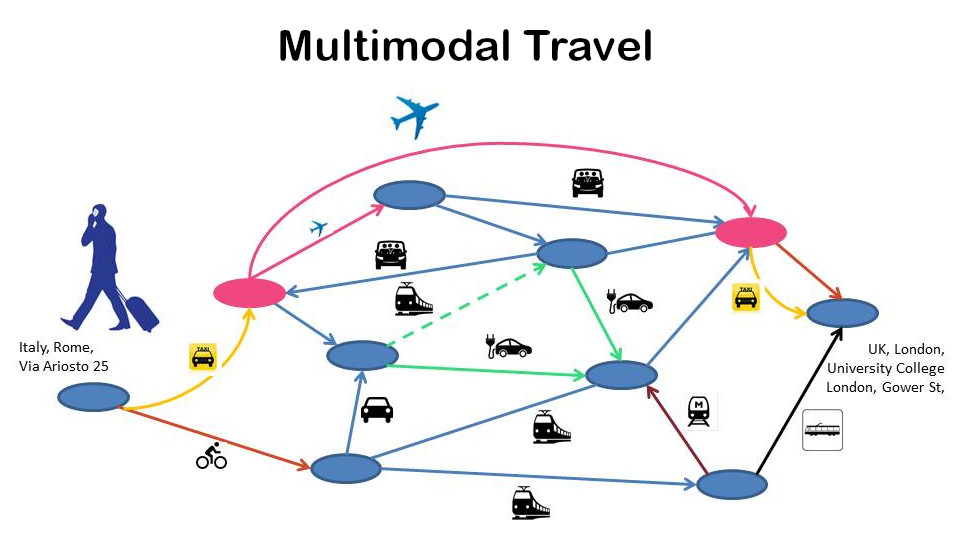 Our vision for what was to be Cytric, that we wanted to follow, a vision not existing now, 25 years later, was to enter the home address, the destination address and the system would provide you the best travel options for you to get to the airport using car, rail, taxi, whatever, fly towards your destination and again take rail, taxi, rental car, whatever, to get to where you needed to go.
Our vision for what was to be Cytric, that we wanted to follow, a vision not existing now, 25 years later, was to enter the home address, the destination address and the system would provide you the best travel options for you to get to the airport using car, rail, taxi, whatever, fly towards your destination and again take rail, taxi, rental car, whatever, to get to where you needed to go.
Back in those days, we already understood that it’s not about the flight. Or rail. The customer, especially the business traveler, needs to go somewhere. Getting to and from the airport, the check-in process and delays, connecting and waiting for the connecting flight, getting off the airport, all adds to the travel time. But even mighty Google only offers me to select one mode of transport, i.e. car, rail or flight… #talkthetalk
Travel Agent or Data Processor?
 Speaking about Business Travel Management, we don’t need data typists any more. In the good old days, travel agents were the experts, knowing how to get the traveler from A to B, halfway (or all) around the world… Then came the GDS and the travel agents became data interfaces to the big data accessed through travel computers being connected with mighty servers. Something we call cloud computing today, using “dummy terminals”. Using codes like AN19DECFRAMIA and SS1B1M2 to search for and book a flight. Or similar complicated tools to book a rail ticket.
Speaking about Business Travel Management, we don’t need data typists any more. In the good old days, travel agents were the experts, knowing how to get the traveler from A to B, halfway (or all) around the world… Then came the GDS and the travel agents became data interfaces to the big data accessed through travel computers being connected with mighty servers. Something we call cloud computing today, using “dummy terminals”. Using codes like AN19DECFRAMIA and SS1B1M2 to search for and book a flight. Or similar complicated tools to book a rail ticket.
(And yes, that’s me in the American Airline office back in 1987 at an “ICOT” terminal.)
Then we enabled online booking and all that easy trips anyone can “book” now without any help. But what if you want to combine several destinations? What if you’re not living in Frankfurt or Paris, but in a rural, small industrial town with not many flights? We need the real travel agents again. Not the data processors. We need travel experts, that require strong and ongoing training and some specialization to provide the customer with a solution to their travel needs. That think beyond computer algorithms and understand “cross tickets” or “interlining” or multimodal travel. That take into account getting from and to the transportation hubs. And less conservatism, opposition to change and other #talkthetalk
Total Travel Time
 It is why I believe we need regional aviation and we need more of it. Smaller aircraft, connecting secondary cities, offering quick and direct connection. Hubs are good for the global networks. And as I kept and keep emphasizing. Regional airports must not look out, how to get their locals out to the world. But to justify their existence, they need to bring the world to their regions! If that is by car, bus, train and/or flight is irrelevant for the passenger. To offer good connections at competitive cost and speed is the task at hand. And no, there is no reason for #flygskam if you do that right.
It is why I believe we need regional aviation and we need more of it. Smaller aircraft, connecting secondary cities, offering quick and direct connection. Hubs are good for the global networks. And as I kept and keep emphasizing. Regional airports must not look out, how to get their locals out to the world. But to justify their existence, they need to bring the world to their regions! If that is by car, bus, train and/or flight is irrelevant for the passenger. To offer good connections at competitive cost and speed is the task at hand. And no, there is no reason for #flygskam if you do that right.
We need holistic thinking. Beyond our petty box. And less #talkthetalk
The “C” in A-CDM
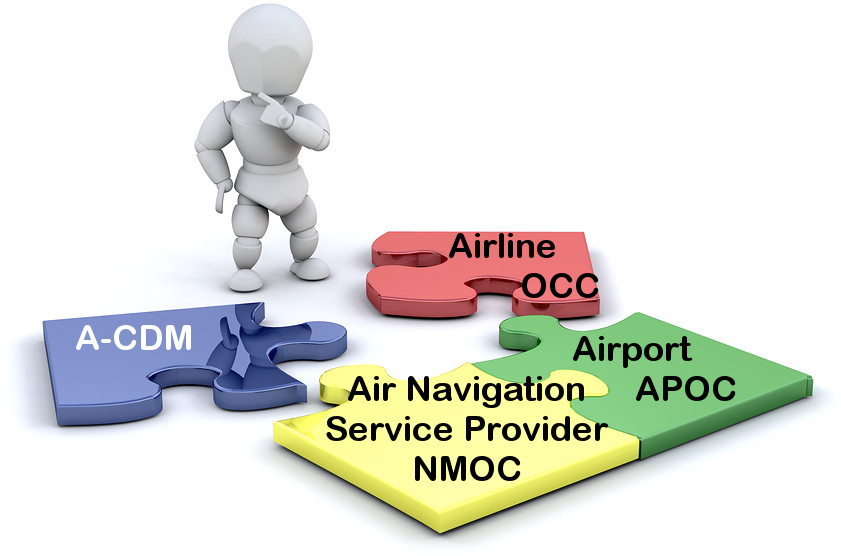 On the call from an aviation IT professional it triggered that A-CDM is for big airports only. Is it?
On the call from an aviation IT professional it triggered that A-CDM is for big airports only. Is it?
Also the first article today on LinkedIn was from my friend Kalle Keller about TAM (Total Airport Management) and A-CDM.
As I outlined in my articles on that topic and i.e. the article about the Polar Vortex + Collaboration, A-CDM is about the C: Collaboration! It’s not what EuroControl, with their own agenda of this, markets as A-CDM. Neither that “bible” of theirs, they call the Airport Collaborative Decision Making (A-CDM) Implementation Manual. A “bible” about everyone I speak to reads and believes it to be the holy grail. It isn’t.
 As I approached it back in 2016/17 and shared the learning curve at Passenger Terminal Expo 2017, the first step into A-CDM is and must always be a collaborative approach between the stakeholders at the airport. Systems and IT are secondary. Less than secondary! It is about tearing down siloes in the heads, between the stakeholders. The development of a common understanding of the common goal to optimize the processes for the greater good: A smooth management of airport operations beyond “the operations management”. Overall. Holistic.
As I approached it back in 2016/17 and shared the learning curve at Passenger Terminal Expo 2017, the first step into A-CDM is and must always be a collaborative approach between the stakeholders at the airport. Systems and IT are secondary. Less than secondary! It is about tearing down siloes in the heads, between the stakeholders. The development of a common understanding of the common goal to optimize the processes for the greater good: A smooth management of airport operations beyond “the operations management”. Overall. Holistic.
And unfortunately, only once you did your homework at the airport … or the airline … the air traffic control, only then you can reach out to integrate with other A-CDM systems. And beyond. Not behind paywalls, but sharing for joint process improvements.
But then I research airports and my birth country Germany, mighty pacemaker in A-CDM, the ANSP (German Air Traffic Control) hides the basic aviation data from the Aeronautical Information Publication (AIP) is hidden behind a paywall. So other sites, like OpenStreetMaps, Wikipedia, etc. are forced to use secondary sources. Are you kidding me? And yes, even for countries with a truly open AIP, we find some 10% of discrepancies on the data. As those AIPs are published as PDF, not as data tables to quickly update. And the IATA code search is full of airports defunct for years. As they simply “add” but never check… And hide their misery behind a paywall? #talkthetalk
OTA + NDC – Barrel Bursts
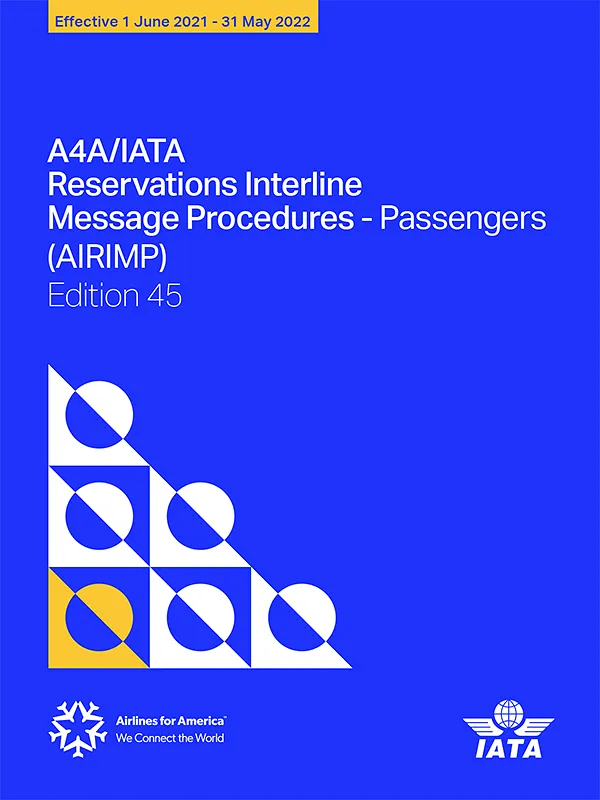 An older article addressed NDC, the “New Distribution Capability” as a barrel burst. And reminded me of my project back in 2006/07, when we tried to develop a common database for hotel-information (descriptive) based on the OpenTravel Alliance XML standards that I had originally worked on in the early days. The standard has been so blown-up, that you simply can’t “comply” with a standard set of features, but anyone can pick what they want and that not being the same that others use, we have an overblown “standard” that in practical life allows everyone to be compliant, but still speaking totally different languages.
An older article addressed NDC, the “New Distribution Capability” as a barrel burst. And reminded me of my project back in 2006/07, when we tried to develop a common database for hotel-information (descriptive) based on the OpenTravel Alliance XML standards that I had originally worked on in the early days. The standard has been so blown-up, that you simply can’t “comply” with a standard set of features, but anyone can pick what they want and that not being the same that others use, we have an overblown “standard” that in practical life allows everyone to be compliant, but still speaking totally different languages.
The same is with NDC. Original idea of NDC was to allow standard packaging of new or unique parts into the package. I recall early discussions when airlines started to unravel their travel packages and thought a way to package their individualized offers with new and unique ancillaries. The demand was to overcome the limitations of the smallest common denominator represented by the classic GDS. Nowadays, the GDS-ability to manage NDC is a key driver… In my opinion, the original intend was completely turned around. It’s now focused on a solution to put anything the airline comes up with in boxes that the GDS can manage.
As a bold example, we had the AIRIMP back in the 80s. To date, it is the smallest common denominator all airlines work with. Even though, a large number of functionalities specified in the AIRIMP are amiss in all those hip online (flight) booking interfaces (here’s the AIRIMP’s table of content). 26 years after we did the first commercial flight bookings on the web. Again a lot of #talkthetalk, tons of bold ideas how to make things better, whereas the basics are not yet covered? #talkthetalk
Disruption Management
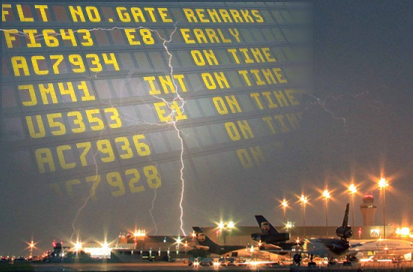
A-CDM and TAM are in a large part about disruption management. Ten years ago we talked about “situational awareness” to manage disruptions. And I ask the same question ever since. I would like to see a tool that reflects the contemporary visualization of not what hits us now, but to see, how our industry-partner’s efforts impact the setbacks from weather, technical etc. – to identify hours ahead bottlenecks from aircraft delays, crews exceeding their duty hours, technical problems, peaks exceeding capacity, ATC problems, ground problems.
To do this, we must exchange data in large scale. All I see is data siloes and paywalls and a distrust to share data, keeping defunct and outdated processes alive, but no vision of collaboration on an industry scale. That even no matter that the same data is available in island solutions on interfaces like flightradar or the individual airports’ websites. #talkthetalk
The Source of the Most Common Truth
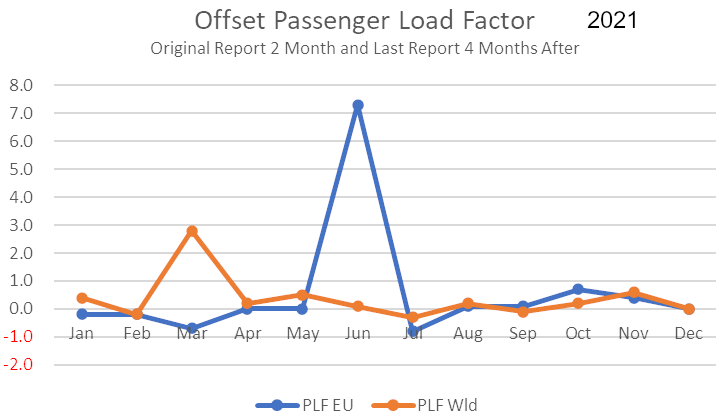 Our main problem is that our Powers-That-Be still consider themselves in a competition. Data is value, so put it in siloes. Where OpenStreetMap enabled mapping solutions, aviation data is still locked away. It takes two months until IATA publishes passenger data, after four months those numbers happen to differ substantially.
Our main problem is that our Powers-That-Be still consider themselves in a competition. Data is value, so put it in siloes. Where OpenStreetMap enabled mapping solutions, aviation data is still locked away. It takes two months until IATA publishes passenger data, after four months those numbers happen to differ substantially.
Looking at ICAO vs. the national AIP data, there are differences aplenty, worse even for IATA. So instead of working all together to manage common data together, we have different sources with different data. It is what I learned at SITA to be the art to find “The Source of the Most Common Truth”. There are industries living to develop and manage tools to overcome standard industry messages with airlines adding non-standard “features” to their messages, forcing rejects and delayed processing.
Back in 1995, Bill Gates spoke about the Internet about “Information at your Fingertips”. For the aviation, that is #talkthetalk
Status Quo + Outlook
 Where aviation in the 1960s to -80s was a pacemaker in global eCommerce, it is now limping behind. Can tell stories about replies from industry bodies when I informed them about factual mistakes in their data. And their ignorance shown by neither directing the report to their PTBs, nor updating the faulty information. Instead of working together to develop the aviation of the future, we have conservative forces in play that hinder real development. Be that about A-CDM, data interfaces, data intelligence. We limp behind and instead of doing, we #talkthetalk.
Where aviation in the 1960s to -80s was a pacemaker in global eCommerce, it is now limping behind. Can tell stories about replies from industry bodies when I informed them about factual mistakes in their data. And their ignorance shown by neither directing the report to their PTBs, nor updating the faulty information. Instead of working together to develop the aviation of the future, we have conservative forces in play that hinder real development. Be that about A-CDM, data interfaces, data intelligence. We limp behind and instead of doing, we #talkthetalk.
Sure the same is true on sustainable aviation, but that’s another topic I discussed and discuss in other blog articles.
To overcome this, we must strengthen IATA and ICAO and demand the change from our PTBs. Stop the paywalls, speed up the availability of LIVE KPIs. Once a flight is finished the data must be available. Not tomorrow. All else is #talkthetalk.
My humble opinion. Happy to discuss how we can encourage real CHANGE.
Food for Thought
Comments welcome

 SABRE
SABRE The only ones I see that manage their big data are actually Amazon, Google, Facebook. Recently learned that for any click on Amazon, they collect some 150 variables on their user. It’s frightening. Then they put you in boxes. Me? In a box? Me, an advocate for #thinkoutsidethebox …
The only ones I see that manage their big data are actually Amazon, Google, Facebook. Recently learned that for any click on Amazon, they collect some 150 variables on their user. It’s frightening. Then they put you in boxes. Me? In a box? Me, an advocate for #thinkoutsidethebox … In the early 2000s, I was actively supporting e-Mail SSL-encryption, using a service by SSL-provider Thawte. Their motto has settled in me: It’s a Trust Thing. Which is a human thing. And from years of experience I don’t trust “data”. Data does not look you in the eye, it does not understand grayscale, data is Zero or One. Black or White.
In the early 2000s, I was actively supporting e-Mail SSL-encryption, using a service by SSL-provider Thawte. Their motto has settled in me: It’s a Trust Thing. Which is a human thing. And from years of experience I don’t trust “data”. Data does not look you in the eye, it does not understand grayscale, data is Zero or One. Black or White.
 Is Big Data really something good? Or is it like the saying from the early 1980s: 1984 was already back in ’77. Just no-one realized it. And yes, that was Pre-Internet.
Is Big Data really something good? Or is it like the saying from the early 1980s: 1984 was already back in ’77. Just no-one realized it. And yes, that was Pre-Internet. As with everything, it’s a question about extremes. In itself, Big Data is not bad, but we need rules, especially ones addressing privacy and limitations. Like what separates the bad from the good? Just because they say so? I keep thinking about the 1998 movie
As with everything, it’s a question about extremes. In itself, Big Data is not bad, but we need rules, especially ones addressing privacy and limitations. Like what separates the bad from the good? Just because they say so? I keep thinking about the 1998 movie  The Sleeping Giant?
The Sleeping Giant?



 The main reason, I see consulting, outsourcing and cloud computing critical is the development of information silos. Not you own the important information, but “someone else”, someone outside your company. It can be a consultant, it can be a service company or an IT-system.
The main reason, I see consulting, outsourcing and cloud computing critical is the development of information silos. Not you own the important information, but “someone else”, someone outside your company. It can be a consultant, it can be a service company or an IT-system. My first experience with cloud computing was Sabre, Amadeus, but SAP was my personal experience with the SAAS model and it’s most negative repercussion. Good for the software provider, bad for the user. You bind yourself to the ecosphere of the software provider. For good or for bad. To change later is being made so difficult and expensive, it’s virtually impossible. Where the data might still be available, the computing “rules” are mostly not, you have to reengineer from scratch – there is a big consulting industry out there, specializing on such jobs, usually not talking about thousands in cost but millions.
My first experience with cloud computing was Sabre, Amadeus, but SAP was my personal experience with the SAAS model and it’s most negative repercussion. Good for the software provider, bad for the user. You bind yourself to the ecosphere of the software provider. For good or for bad. To change later is being made so difficult and expensive, it’s virtually impossible. Where the data might still be available, the computing “rules” are mostly not, you have to reengineer from scratch – there is a big consulting industry out there, specializing on such jobs, usually not talking about thousands in cost but millions.
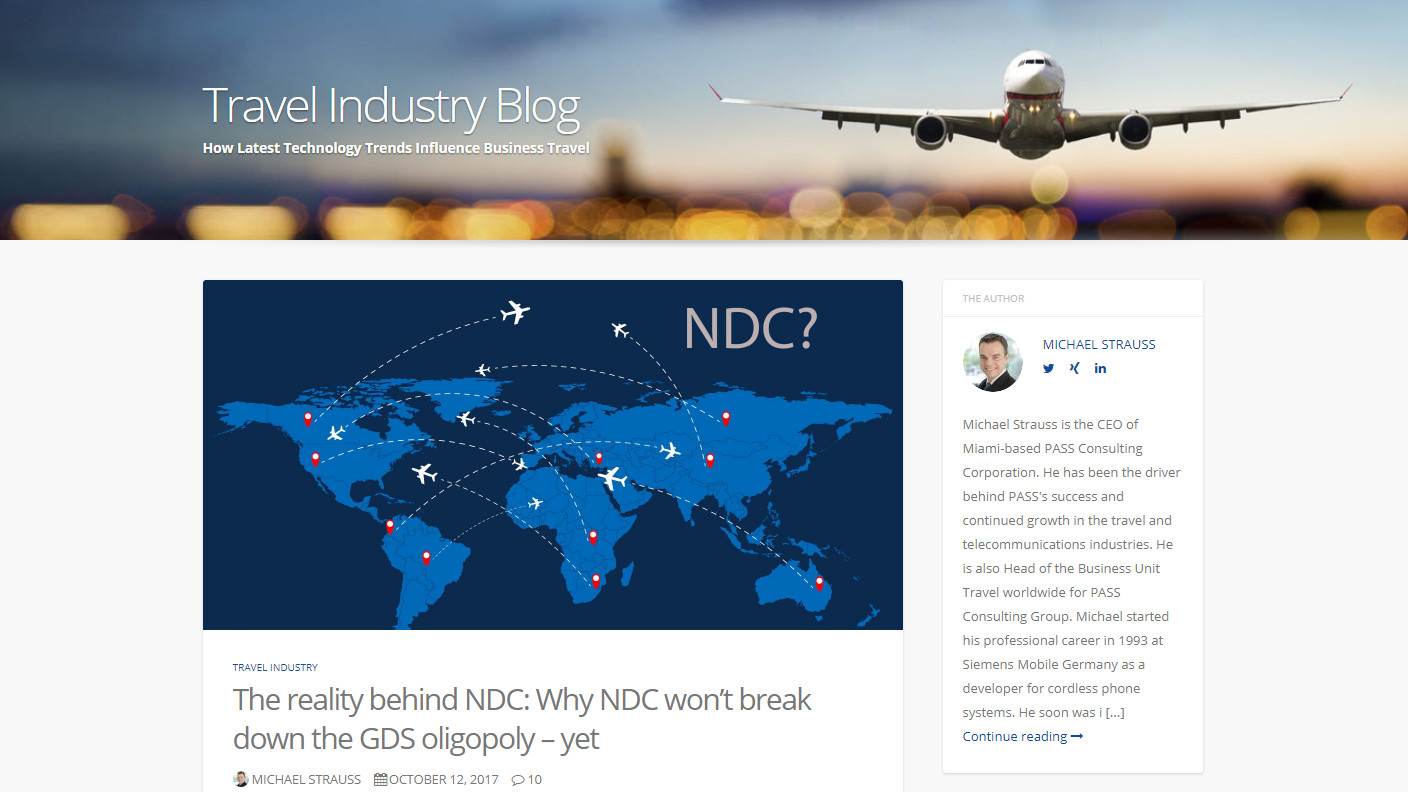
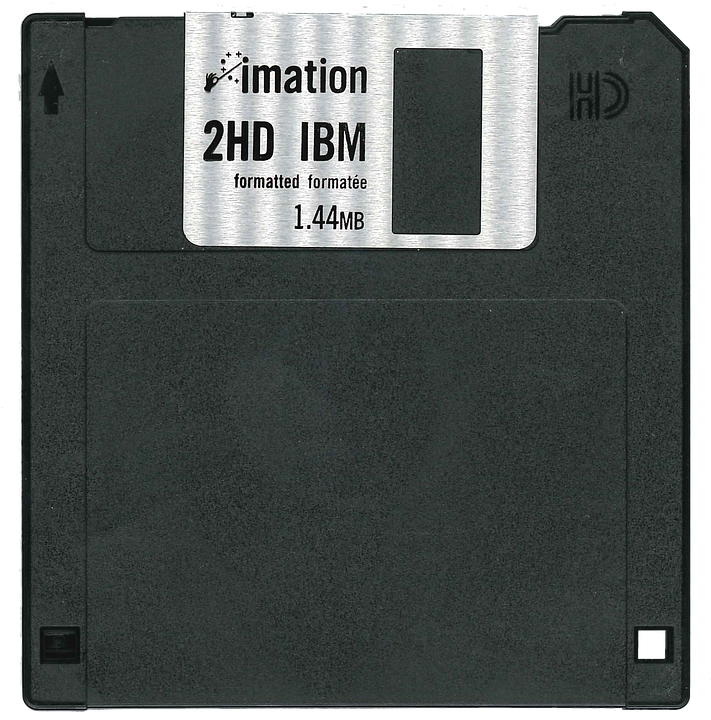
 20 years ago (!) my friend
20 years ago (!) my friend ![“Our Heads Are Round so our Thoughts Can Change Direction” [Francis Picabia]](https://foodforthought.barthel.eu/wp-content/uploads/2021/10/Picabia-Francis-Round-Heads.jpg)
 The last weeks were rather challenging. Speaking at Passenger Terminal Expo on Data Silos, Silo Thinking and the need to Tear Down the Walls, Yulia and I also worked on the update of the airport passenger statistics, adding movements to the database to expand our information. And we fell right back into
The last weeks were rather challenging. Speaking at Passenger Terminal Expo on Data Silos, Silo Thinking and the need to Tear Down the Walls, Yulia and I also worked on the update of the airport passenger statistics, adding movements to the database to expand our information. And we fell right back into 
 ANNA.aero maintains what they call the
ANNA.aero maintains what they call the 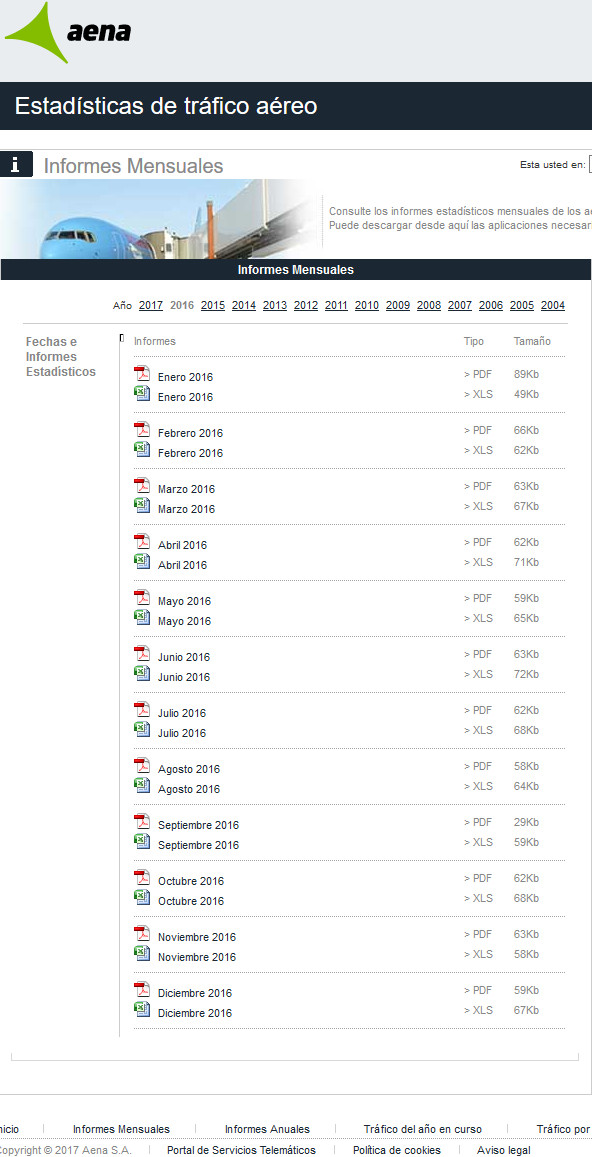 We find several sources for public accessible data. Sometimes you find it on the airport’s own website, somewhere in “Statistics”, sometimes in a press release, usually not in one, but in 12 press releases (see image). And even when publishing the annual numbers in one file, the file comes as a PDF, formatted that they cannot be extracted into a table but copy into one value a line. On a complex table, that renders that useless. So the airport forces users of their data to write the data off the PDF? You can’t be serious, can you?? Sometimes national airport associations publish the data, usually monthly. After we found them to occasionally change the formatting and order even within a given year, we double-check that on the import, burning valuable time. Then we learned to now download monthly data before the annual one was available, as we also happened to fall the trap of intermittent changes (see ANNA.aero). Many such files do not contain the airport codes. But the airport name in the national language. Upper case. No, that does not compute easily and is prone to cause data errors.
We find several sources for public accessible data. Sometimes you find it on the airport’s own website, somewhere in “Statistics”, sometimes in a press release, usually not in one, but in 12 press releases (see image). And even when publishing the annual numbers in one file, the file comes as a PDF, formatted that they cannot be extracted into a table but copy into one value a line. On a complex table, that renders that useless. So the airport forces users of their data to write the data off the PDF? You can’t be serious, can you?? Sometimes national airport associations publish the data, usually monthly. After we found them to occasionally change the formatting and order even within a given year, we double-check that on the import, burning valuable time. Then we learned to now download monthly data before the annual one was available, as we also happened to fall the trap of intermittent changes (see ANNA.aero). Many such files do not contain the airport codes. But the airport name in the national language. Upper case. No, that does not compute easily and is prone to cause data errors.


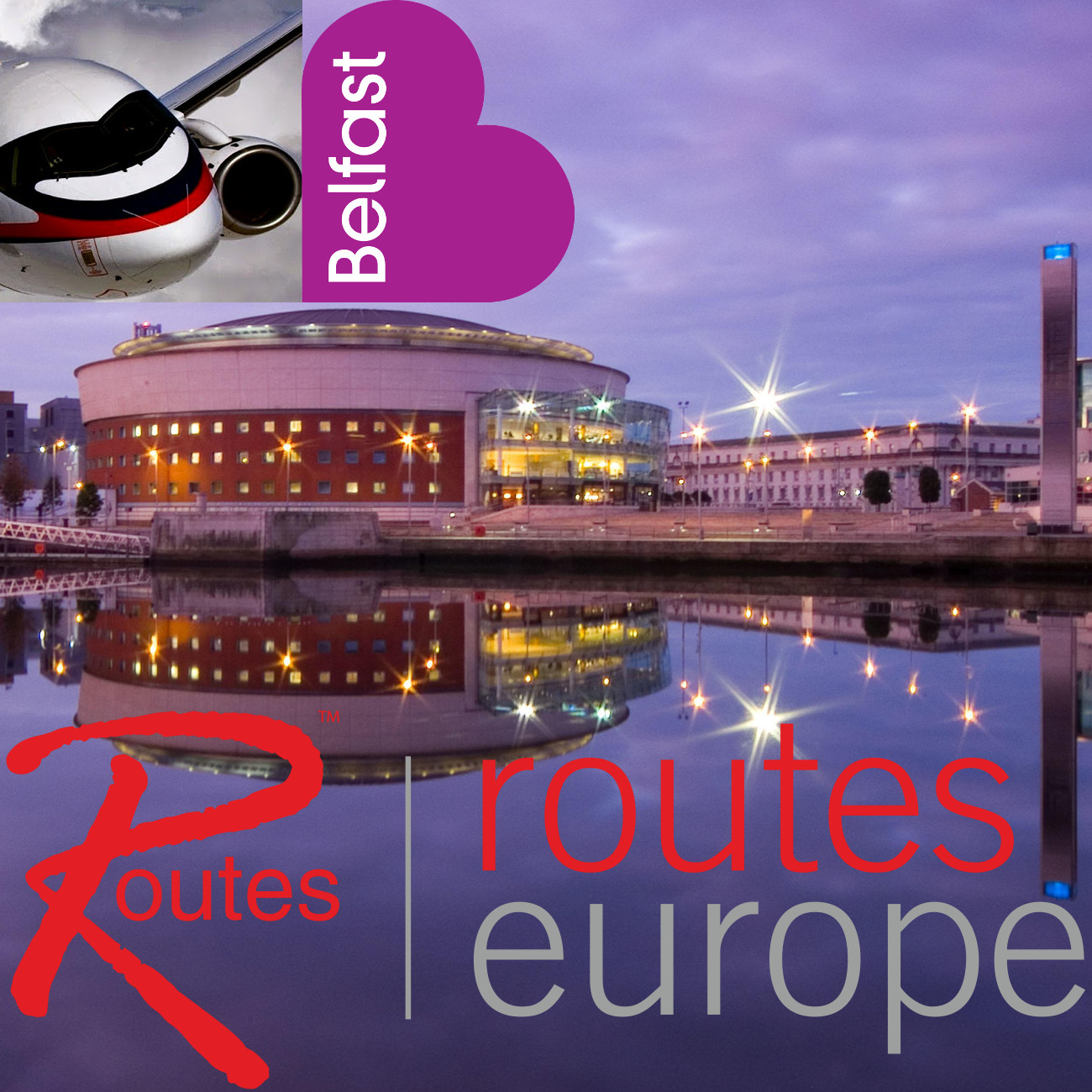



 Ow-my-gawd, but I’m German, what about my personal data and stuff?
Ow-my-gawd, but I’m German, what about my personal data and stuff? And I do not want to get another app. Ages ago, I decided to limit myself to 10 newsletters and two or three social networks. Facebook I use mostly privately. LinkedIn for business. And LinkedIn being “difficult” both in Russia and China is an issue of concern. Google+ I dropped. I use airline apps on my travels, in fact only to get the boarding pass into my phone’s “wallet”. I used some apps for airport information, just recently learned about
And I do not want to get another app. Ages ago, I decided to limit myself to 10 newsletters and two or three social networks. Facebook I use mostly privately. LinkedIn for business. And LinkedIn being “difficult” both in Russia and China is an issue of concern. Google+ I dropped. I use airline apps on my travels, in fact only to get the boarding pass into my phone’s “wallet”. I used some apps for airport information, just recently learned about 

 On the floor, there were many discussions that there is a need in “change managers”, as there are all those fancy solutions and understanding of the need. That again reminded me of my question, why
On the floor, there were many discussions that there is a need in “change managers”, as there are all those fancy solutions and understanding of the need. That again reminded me of my question, why 
 Some of the really good ideas in the dead lock of silo thinking, where about one of the new hypes: The Passenger Journey.
Some of the really good ideas in the dead lock of silo thinking, where about one of the new hypes: The Passenger Journey. in his very interesting
in his very interesting  He also announced they will feed to Aer Lingus and Norwegian on an “interline light” model but with baggage thru-check. Another step from Low Cost to classic operations model. As I kept emphasizing in my Airlines Sales & e-Commmerce presentations. Low Cost will only need a business case to provide “classic” services. Also nice to remember that
He also announced they will feed to Aer Lingus and Norwegian on an “interline light” model but with baggage thru-check. Another step from Low Cost to classic operations model. As I kept emphasizing in my Airlines Sales & e-Commmerce presentations. Low Cost will only need a business case to provide “classic” services. Also nice to remember that  Konsta Hansson
Konsta Hansson Shall the passenger be shopping in the airport or in the airplane?
Shall the passenger be shopping in the airport or in the airplane?